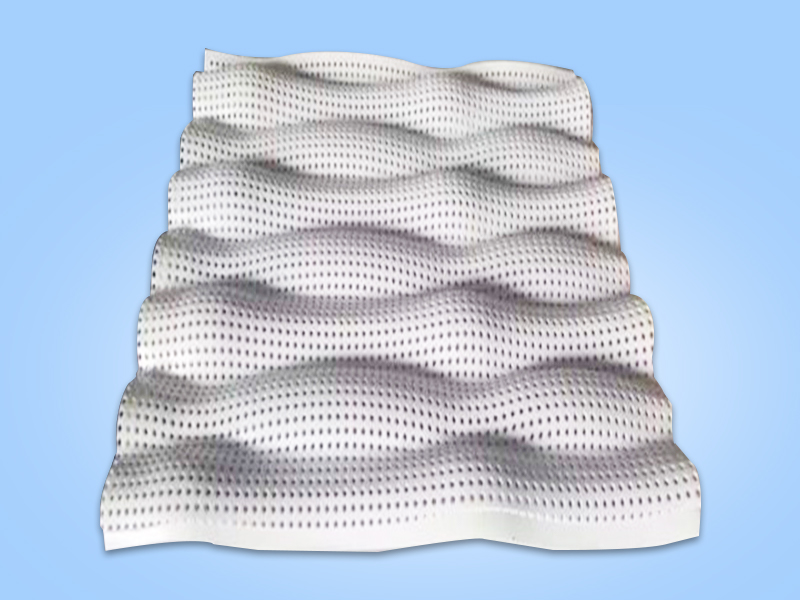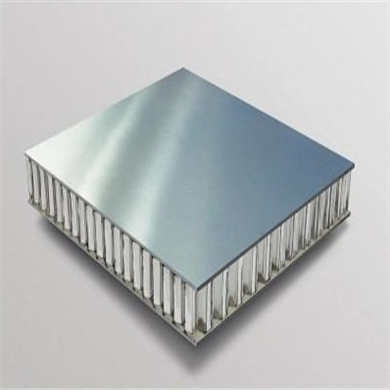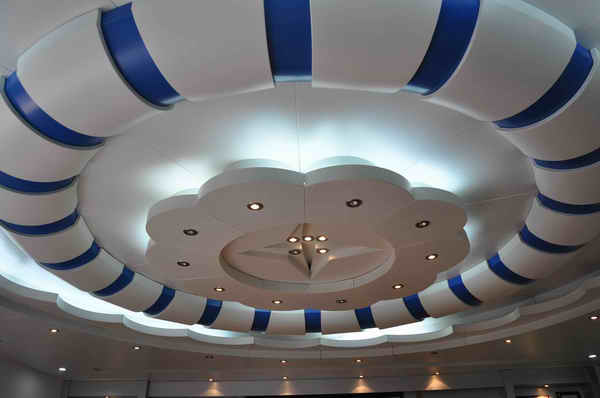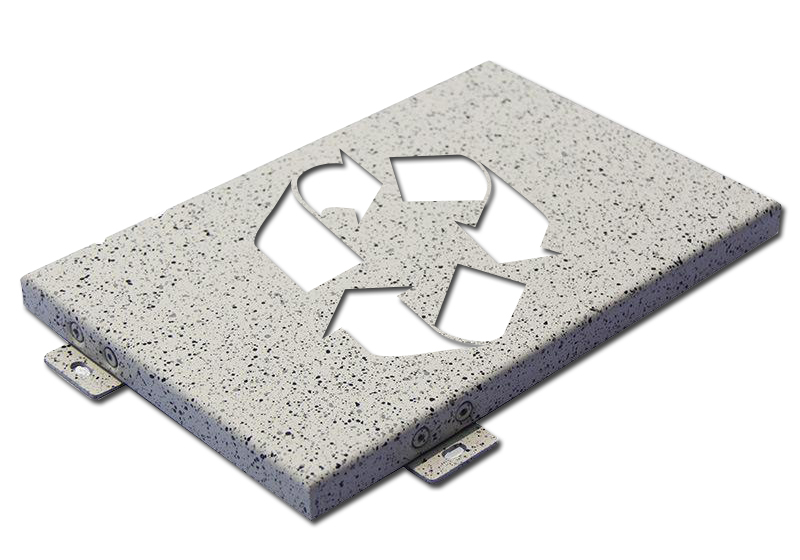Industry information
Company News
- Aluminum curtain wall: the shining pearl of modern architecture
- Aluminum veneer: the fashionable outerwear of modern architecture
- Customized aluminum veneer, a new choice for personalized space
- Aluminum ceiling decoration is a new trend, both beautiful and practical!
- Aluminum ceiling: an elegant choice for modern architecture
Industry dynamics
- Aluminum Curtain Wall: The Gorgeous Coat of Modern Architecture
- Aluminum veneer customization, creating personalized spatial aesthetics
- Aluminum ceiling is not just a decoration, but a perfect combination of art and practicality!
- The counterattack of honeycomb aluminum plate: the secret behind its lightness
- Honeycomb Aluminum Plate: Unveiling the Light Luxury Secrets of Modern Architecture
Frequently asked questions
- Can the insulation function of aluminum veneer solve the structural problems of buildings?
- Is the surface treatment of aluminum veneer durable?
- How to evaluate the impact of environmental certification for aluminum veneer on the appearance of buildings?
- Can aluminum veneer achieve customized design?
- What is the manufacturing process of aluminum veneer?
contact us
Mobile:+86 15627778610
Email: 2201229786
Address: No. 5 Binjiang Road, High tech Zone, Zhaoqing City, Guangdong Province
Six stages of aluminum veneer production process flow
- Author: Lesilong Technology (Guangdong) Co., Ltd
- Release time: March 2, 2025 06:54:11
- Click:0

Aluminum veneerAs a new type of building material, it has the advantages of lightweight, high strength, and strong decorative properties. The production process is a key link in ensuring its quality and performance. Below, we will introduce six steps in the production process of aluminum veneer.
1. Raw material procurement: The raw materials for aluminum veneer mainly include aluminum alloy sheets, surface treatment agents, coatings, etc. When purchasing, high-quality raw materials that meet national standards should be selected and undergo strict testing and acceptance.
2. Kaiping: The purchased aluminum alloy sheets will be subjected to Kaiping treatment for subsequent processing. The board after opening should be flat, without obvious unevenness or cracks.
3. Cutting: According to the design requirements, cut the aluminum alloy sheet after opening to obtain the required size and shape. When cutting, attention should be paid to maintaining the flatness and accuracy of the board.
4. Punching: For aluminum veneers that require punching, punching treatment is required. When punching, attention should be paid to maintaining the size, position, and accuracy of the hole to ensure the effectiveness of subsequent processing.
5. Surface treatment: The surface treatment of aluminum veneer includes various methods such as anodizing, spraying, electrophoretic coating, etc. Different surface treatment methods can affect the corrosion resistance, decorative properties, and service life of aluminum veneer. When choosing a surface treatment method, it should be based on actual needs.
6. Packaging and transportation: The aluminum veneer processed through the above processes needs to be packaged and transported. When packaging, attention should be paid to protecting the aluminum veneer from damage, while avoiding contamination and confusion. Attention should be paid to preventing collision and compression during transportation to ensure that the quality and performance of aluminum veneer are not affected.
The above six steps in the production process of aluminum veneer are key to ensuring its quality and performance. Consumers should choose products that meet these requirements when choosing aluminum veneer, and request relevant testing reports and certificates. It is recommended that consumers pay attention to reasonable use and maintenance when using aluminum veneer to extend its service life and maintain good aesthetics and anti-corrosion performance.







 Customer service QQ
Customer service QQ